Whenever you’re planning to stay outdoors, shelter should be a first concern. Between protecting yourself and protecting your items, you need tools to protect from the elements. So, whether you are heading for a backcountry holiday or an emergency situation has knocked on your door, a durable tarp and tent can come in handy at crucial times.
Much like a good industrial curtain will do for a workspace, a strong, durable tarp can act as a perfect barrier to unwanted debris and weather. Still not convinced? Well read on to learn about 10 ways tarps and tents can save the day from the elements.
Temporary Protection from Rain & Sunlight
As we explore the world of emergency tents and tarps, it’s best we start with the basics. Tarps and tents are designed, first and foremost, as protection from common weather conditions such as rain and sunlight. When a splash of rain or the beaming sun can leave you wet and burnt, a tarp or a tent is a perfect option for protection.
So, if you are out enjoying camping or at a work site moving equipment, install a tarp as a temporary shelter or shade before the inclement weather hits. Tarps and tents are also best installed in tandem; while tents can handle some fury from the weather, the tarp provides an extra layer of protection by preventing hash sunlight and water seepage into the tents.
Long story short, use your tent to protect yourself and others, and use your tarp to protect your equipment (including the tent!).
Camping
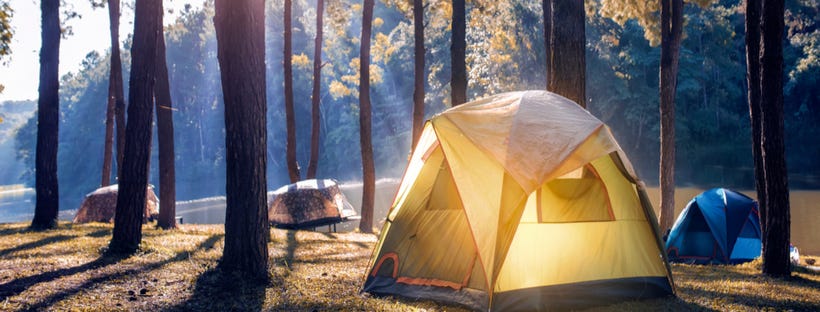
In addition to inclement skies, waterproof tarps such as sports tarps can be used as a groundsheet to protect you and your fellow campers from wet ground. Tarps can also be placed over grass, dead leaves, or any other plant life. A nice tarp gives a comfortable place to lay back while also protecting you from mosquitoes and tick bites.
Tarps are also useful for backyard camping. If you have kids and they love being outside, use a tarp to create a safe camping setup for them on your lawn. But before installing that custom tarp, make sure you follow our list of do’s and don’ts for seeding the yard, to keep that grass coming back fresh after the tarp is gone.
Temporary Storage Tents
Along with protecting people, a tent can be an excellent way to safeguard your equipment, tools, and supplies during your next DIY project. By building a temporary storage tent, you’ll have added protection for your equipment while keeping it ready right next to the work site.
And if you need to take a break, this tent can provide you with a well-aerated shade.
Roof Leakage
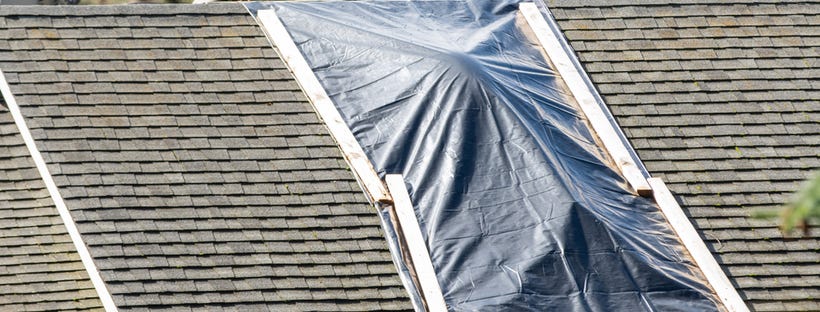
Tarps can help you temporarily seal a leaky roof and protect your valuable possession from damage. Waterproof tarps such as sports tarps can also be used in conjunction with a barrel to act as a rain catcher, collecting water for watering your plants. And, if you can’t stop the leak, cover your furniture and valuables with a sports tarp to protect them from damage.
Temporary Barriers
When working outside, tarps come in handy if you ever need a temporary weather barrier. When staged properly, tarps are excellent to block strong winds in your yard. In the event of rain, waterproof tarps can be used to protect property and equipment in the yard. Last thing you want is to lose your firewood to a spring time storm.
While we’re on the topic of barriers, tarps and tents can be used to wall off hard hat zones in professional settings. When in construction, the right tarp in the right place can save a life.
At home, you may have some nosy neighbors looking into your project. Tarps can be used as a temporary barrier to keep them away. These barriers can be erected to protect your privacy, or to physically block off spaces and shelter a wandering neighbor from tripping into a home improvement zone.
For barriers such as these, you may need a tarp that doesn’t match standard dimensions. Consider your project, and once you’ve drawn up specific dimensions, get a set of custom tarps to suit your needs.
Truck Bed Liners
We’ve talked about the various uses of tarps in home and leisure scenarios, but what about the work site? It’s important to remember, waterproof tarps serve as great bed liners for trucks. Tarps are easy to use protection for equipment while in transit. When properly tied down, you can cover an entire bed for a full day of driving.
When you’re using tarps professionally, it’s important to remember what you’re tarping off. If you have concrete or similar construction material kept open, then the best way to protect your material is by covering it with a concrete blanket. The concrete blankets are incredibly effective in keeping the material warm, especially during cold.
Consider the needs of your project before placing an order for tarps. A well thought out plan can go a long way to protecting your equipment and yourself.
Disaster Relief Tents
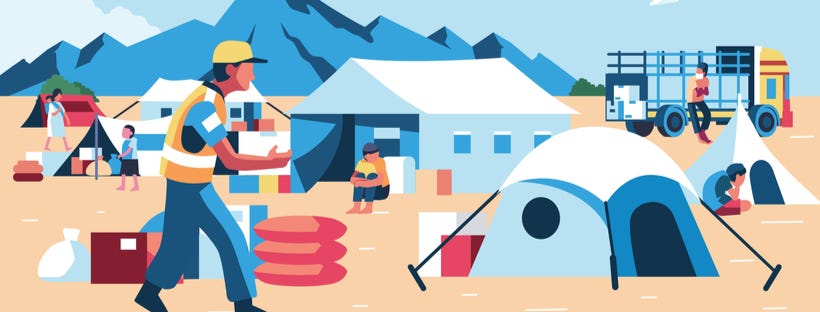
We’ve explored some common uses for tents and tarps in the personal and professional worlds. However, in order to start exploring the true potential of sheltering, we need to discuss disaster relief tents.
While easy to install, normal canopy tents aren’t effective for long-term weather protection. However, disaster relief tents are different. These canopy tents are set up for long durations than a regular wedding tent. Large relief tents, particularly those with sidewalls, can shield anyone from inclement weather while also providing much-needed seclusion.
In emergency circumstances, these industrial standard canopy tents can be tasked with delivering vital, life-saving assistance to those in need of immediate emergency shelter. This makes disaster relief tents must haves for the professional medic and home disaster prep.
Tents for Outpatient Treatment
During the COVID-19 pandemic, we’ve seen hospitals overflow and ICUs run out of capacity. Now more than ever, medical professionals have relied on emergency tents to to perform outpatient treatments. When properly sidewalled, a well-kept, sanitary canopy tent can deliver a powerful place to perform medical operations on the ground.
Even if you’re not in disaster relief or remote medicine, a medical canopy can still be a functional place for medical professionals at events of all sizes. If you’re throwing a large scale picnic or other event, having a tent for first aid services is critically important to ensure you stay on top of any potential emergencies.
Mobile Operations Center
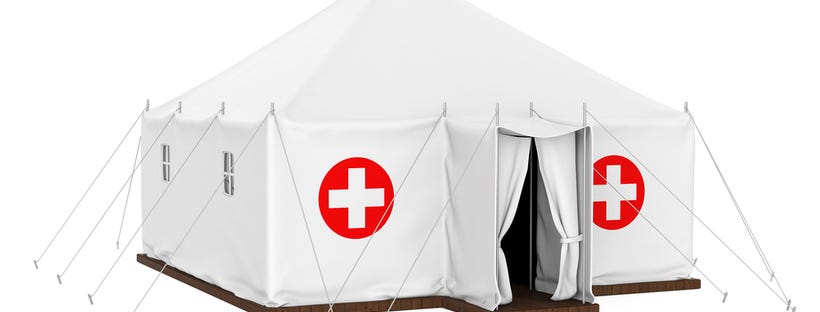
At their grandest, tents are best used for mobile operations: a way to create a base camp to protect and organize a large group of people.
For organizational, tactical, strategic, and logistical operations, some larger-scale operations may necessitate the deployment of canopy tents, folding tables, folding chairs, and other items. A series of tents can create a base of operations to organize, plan, and manage response actions. This makes medical canopies critical in disaster relief scenarios.
At their largest, these canopies are useful for large-scale search and rescue operations. Tents can be strategically placed across a larger grid to act as major distribution centers, triage tents, and other functions.
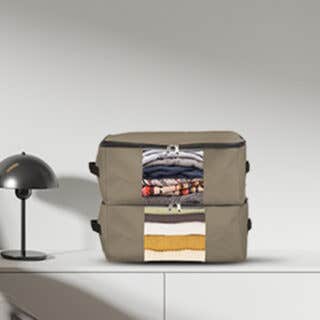





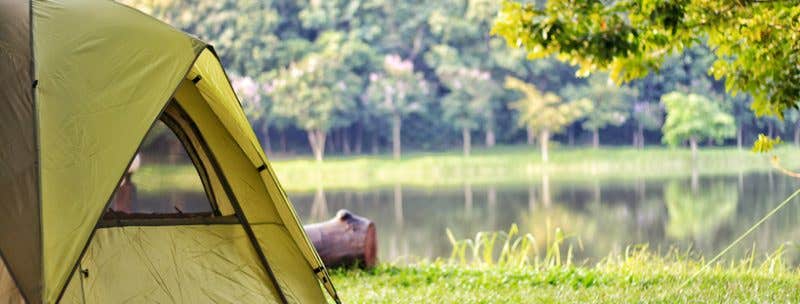


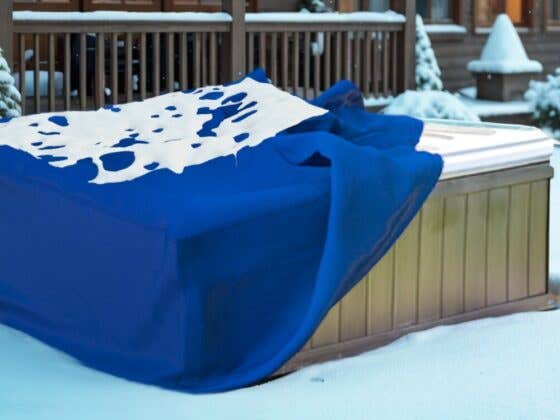


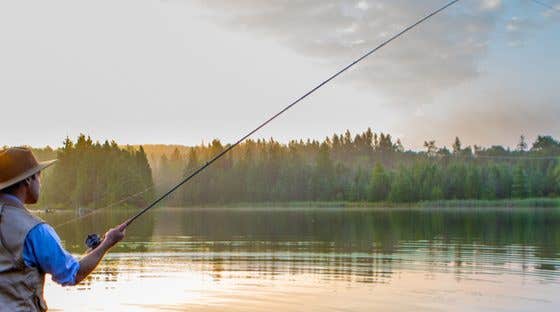




Recent Comments